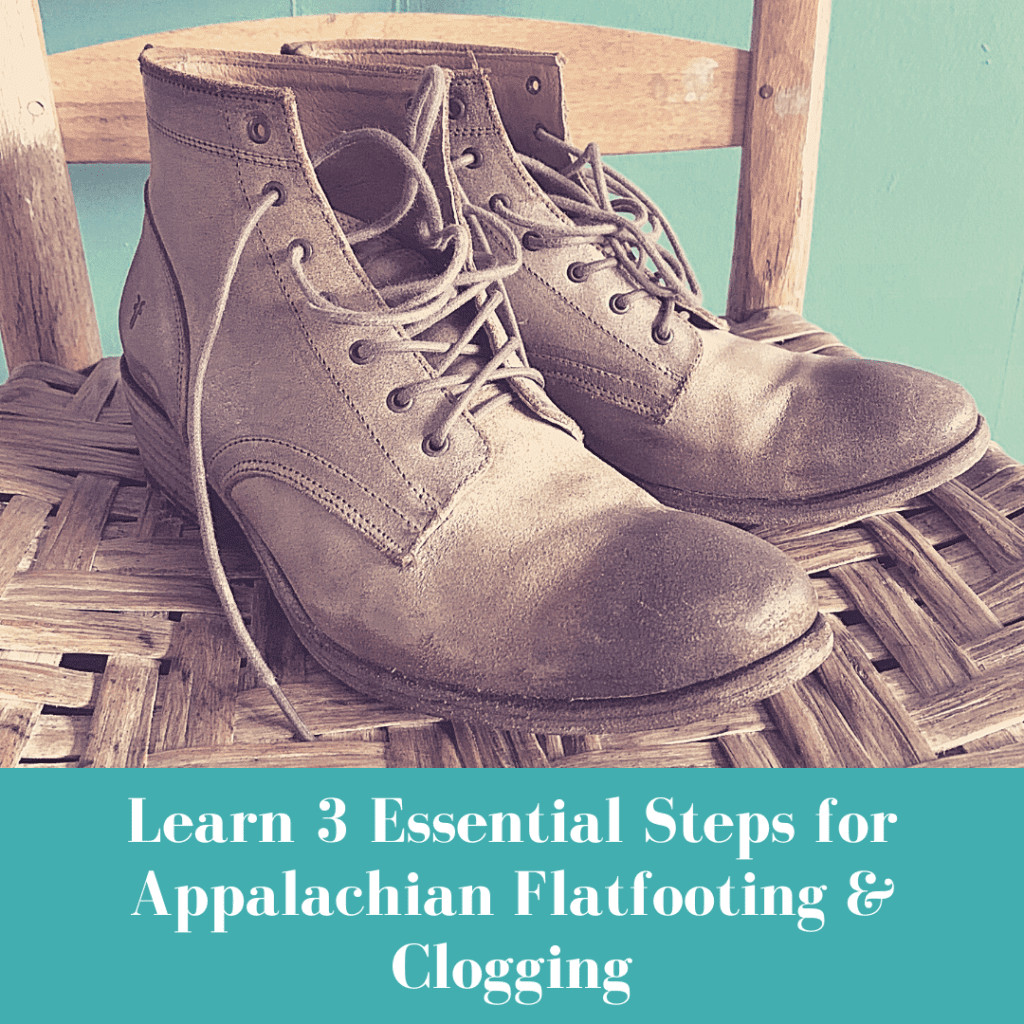Appalachian traditional dance is a vibrant and rhythmic art form, and for those new to it, the terms can be a bit confusing. As someone who teaches these dances here at ten-dance.com, one of the most common questions I encounter is, “What’s the real difference between clogging, flatfooting, and Buck Dancing?”
The answer, while seemingly straightforward, has layers of nuance. From my experience growing up in the coalfields of Eastern Kentucky, we often used “dancing” as a blanket term, blurring the lines between styles. Much like how “music” encompassed various genres without strict categorization, these dance forms were simply part of our cultural expression. However, to clarify the distinctions that are often drawn, especially when discussing these styles with a broader audience, let’s delve into each term.
Tracing the Historical Roots
Appalachian culture, in its rich tapestry, has woven together diverse threads of influence, and its dance and music are no exception. While documented history is somewhat limited, scholars suggest a fascinating blend of steps originating from the British Isles, the African diaspora, and the indigenous peoples of North America. It’s crucial to acknowledge the significant, often understated, contribution of African-American artists to both the music and dance traditions of Appalachia, countering a historically whitewashed narrative. Understanding these diverse roots helps us appreciate the evolution and unique character of each dance style.
Flatfooting: Rhythm Close to the Earth
Flatfooting is characterized by its grounded, subtle movements, emphasizing rhythmic sounds in close harmony with the music, typically old-time tunes. The focus is squarely on creating intricate percussive rhythms with the feet, keeping a low profile, and embodying an economy of motion. Arms are generally held relaxed and still, playing a minimal role. The beauty of flatfooting lies in its understated elegance and the dancer’s ability to become another instrument within the musical ensemble.
[ Old boots sitting in a cane-bottom chair, with text overlay "Learn 3 Essential Steps for Appalachian Flatfooting & Clogging"
Old boots sitting in a cane-bottom chair, with text overlay "Learn 3 Essential Steps for Appalachian Flatfooting & Clogging"
Buck Dancing: Energy and Stomp
The term “buck dancing” often overlaps with flatfooting, with some using them interchangeably. However, buck dancing can also denote a more dynamic and forceful style. It’s often described as more energetic and “stompy,” possibly reflecting a stronger connection to its African dance heritage. A key point of agreement is that both buck dancing and flatfooting utilize smaller, more contained movements compared to clogging, which incorporates more expansive steps like leaps and hops. Buck dancing, in its more energetic interpretation, embodies a lively and powerful expression of rhythm.
Clogging: Shuffles and Diverse Styles
Clogging has evolved into a remarkably diverse dance form, encompassing a wide spectrum of styles today. A defining feature that generally distinguishes clogging from flatfooting and buck dancing is the prominent use of the shuffle step. The foundational clogging step often involves a “shuffle-step-ball-change” sequence, and shuffles are integrated into numerous other clogging steps. Beyond this common thread, clogging branches out into various expressions:
- Contemporary Clogging: This style often features jingle taps and incorporates elements from French-Canadian, Irish, Hip-Hop, and other dance traditions, often set to contemporary pop music.
- Country & Western Clogging: Danced to Country and Western music, this style incorporates movements and patterns reminiscent of line dancing.
- Old-Timey Clogging: Groups like the Green Grass Cloggers, with their long history, exemplify this style. It tends toward less flashy steps, with floor patterns that echo square dance formations.
Delving Deeper: Further Exploration
Dance, music, and all forms of art are living, breathing entities, constantly evolving and adapting. For those seeking a more in-depth academic understanding of Appalachian dance history and its cultural context, I highly recommend Phil Jamison’s comprehensive book, “Hoedowns, Reels, & Frolics: Roots and Branches of Southern Appalachian Dance.” His website also offers a valuable collection of videos showcasing the traditional aspects of these dance styles across generations.
Personally, my own dance style is often described as a blend of “flatfooting” and “old-timey clogging.” I embrace the fluidity between these styles, prioritizing improvisation and personal expression over rigid stylistic boundaries. Whether I incorporate a shuffle or stick to flatter steps often depends on the music and the moment! My greatest joy lies in the spontaneous dialogue with fiddle tunes – that’s where I truly find my rhythm and connection to the dance.
Start Your Dance Journey (Free Basics)
Eager to take your first steps in flatfooting and clogging? Click here to access my complimentary starter video: “3 Essential Steps to Appalachian Flatfooting & Clogging.”
For a more comprehensive learning experience, explore my low-cost Beginner Toolkit for Appalachian Flatfooting & Clogging, packed with detailed information and steps to guide you. And if you’re ready for a deeper dive, consider joining my online Appalachian Flatfooting & Clogging Academy. I look forward to dancing with you soon!
